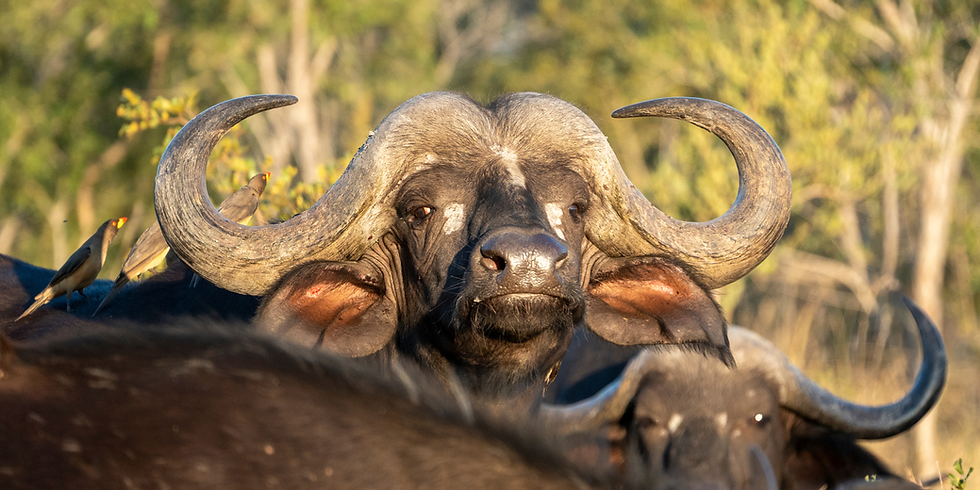Snapshot of Etosha National Park
- Bushwise

- Nov 22, 2022
- 2 min read
Updated: Sep 10
When one thinks of iconic, vast African landscapes inhabited by massive herds of plains game, one thinks of Etosha National Park (Etosha).
3 min read

Etosha gets its name from the massive Etosha Pan, which covers nearly a quarter of the park’s surface. This huge space is home to hundreds of different species including endangered animals.
About Etosha National Park
Etosha is one of the largest protected areas in Africa, located in the northwest corner of Namibia. At 22,270 sq km (8,600 sq mi) Etosha has a surface area to match that of New Jersey or Slovenia. It’s slightly larger than Kruger National Park, but with far fewer roads, camps and people, and a landscape dominated by expansive salt pans.

This park is famous for its abundance of wildlife. Many of these species specialise in surviving in the park’s unique habitats, such as the prevalent salt pans. Species you might see on a safari in Etosha include:
Elephant
Rhino
Giraffe
Lion
Oryx
Leopard
Caracal
Bat-eared fox
Brown and spotted hyena
And many more
Etosha National Park accommodation

There are six major camps inside Etosha. All are near the park’s main roads and are managed by Namibian Wildlife Resorts (a government agency). These are:
Dolomite Camp
Okaukuejo Camp
Halali Camp
Namutoni Camp
Olifantsrus Camp
Onkoshi Camp
Of these camps, Olifantsrus is only camping and self-catering. Okaukuejo, Halali and Namutoni camps have camping areas as well as chalets, restaurants and swimming pools. Onkoshi and Dolomite are the newest camps and have more luxury-style accommodation. All camps have floodlit waterholes for excellent game viewing. Private luxury accommodation is found just outside the park’s boundaries.
Safari in Etosha
There are a few different ways to experience Etosha, depending on your budget, interests and length of stay. Certainly the most affordable is to stay within the park at the campgrounds and conduct your own self-guided driving safari. You might get lucky and see everything on a self-drive.

But, as with African safaris, going with a field guide is highly recommended. These professionals have spent a lot of time in Etosha and are familiar with the landscape and animals. Trained safari guides will have a much better idea of where certain animals spend their time, and will have daily updates on animal movement.
If you’re trying to see something special, consider booking a guide while you’re in Etosha. You might also want to join one of the camp’s extra activities, such as a photographic or aerial safari.
Consider a career as a safari guide
Did you reach this page because you love wildlife and nature? Have you ever considered turning your passion into a career? Bushwise offers 2-, 6- and 12-month wildlife courses where you can become a qualified safari guide. Imagine working in a place like Etosha! It’s not an impossible dream. Make it possible with Bushwise.



